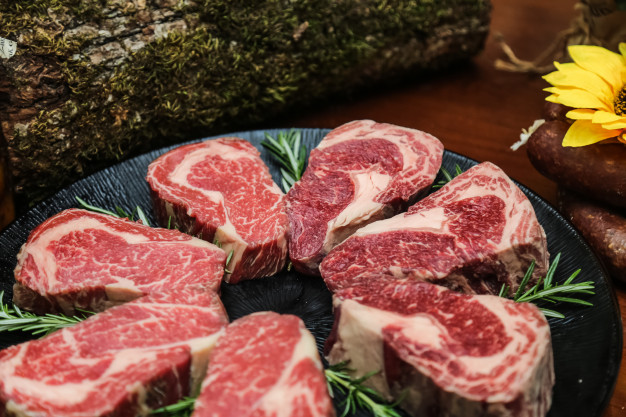top of mind news
- Close to 20,000 Restaurants Have Permanently Closed Since COVID
- Most Restaurant Customers Aren’t Waiting for a Vaccine
- Now is the Time to Invest in Winterized Outdoor Seating
- Can’t Touch This: How You Can Provide A Contactless Dining Experience
Poultry
 Total chicken slaughter for the holiday week ending September 12th was 0.1% larger than the corresponding holiday week the year prior, and bird weights remain significantly heavy. Breast meat prices continue to deteriorate, seasonally, but are still holding above year ago levels. Further breast price losses are expected well into the fall. The ArrowStream leg quarter index edged higher last week, which has been a rare occurrence over the last six months. But leg quarter prices remain near multi-year lows, and upside is expected to be only modest at best. The chicken wing markets remain mostly firm in the $2.00 price area but anticipate prices to retreat some during this fall timeframe.
Total chicken slaughter for the holiday week ending September 12th was 0.1% larger than the corresponding holiday week the year prior, and bird weights remain significantly heavy. Breast meat prices continue to deteriorate, seasonally, but are still holding above year ago levels. Further breast price losses are expected well into the fall. The ArrowStream leg quarter index edged higher last week, which has been a rare occurrence over the last six months. But leg quarter prices remain near multi-year lows, and upside is expected to be only modest at best. The chicken wing markets remain mostly firm in the $2.00 price area but anticipate prices to retreat some during this fall timeframe.
Beef
Last week beef production, at 540.1 million lbs, was 0.7% smaller than the year prior but with heavier carcasses continuing to make up the difference in the stunted kill levels. Sharp declines across the USDA choice cutout continued throughout last week, with the largest losses continuing to come from the middle meats. Still on the Friday daily close some positive moves occurred for beef which may persist deeper into the fall. The beef 50s remain relatively tame, holding in the mid $0.40s, but strength is likely to reemerge going into October. Domestic 90s are fading, and further downside action is likely this fall.
Pork
Pork production last week at 543.5 million lbs. was down 0.6% from last year. Production schedules are expected to tighten into Q4, and pork supplies may be even with or below year ago levels. This is expected to be supportive for the wholesale pork markets as exports should remain active. Pork prices are up sharply, with the belly primal leading the way. Seasonally, the belly cutout value usually breaks lower into mid-October, and the ham primal looks a bit overdone to the upside, as well. Yet, tighter production may temper those losses this fall.
THE SEA
Seafood
Shrimp prices are tracking close to year ago levels despite strong imports. During July, the U.S. imported 13% more shrimp than the previous year. Shrimp demand, although still negatively impacted, have fared better off than other seafood products during the last several months and is likely to improve during 2021. The risk in the shrimp markets is likely to the upside.
THE GARDEN
Produce
The lettuce markets remain firm. Tight supplies are present due to adverse weather in recent weeks. Weekly lettuce shipments are on the decline and could remain relatively limited in the near term. Further, history suggests that some inflated lettuce prices could persist for the next several weeks. However, history also suggests that lettuce demand should back off at these price levels suggesting the upside market risk from here may only be modest. The avocado markets have mildly softened during the last week.
THE KITCHEN SINK
Dairy
CME cheese block prices are rising sharply but cheese barrel prices have not increased. The cheese block price premium over barrels is a record which is usually a precursor to rising volatility. Per the USDA, August milk production was up 1.8% (y/y) due to a .4% bigger milk cow herd and a 1.4% gain in milk-per-cow yields. Q4 milk supplies and early 2021 look good for pending cheese and butter manufacturing. The cheese markets could experience further gains in the near term but there is downside risk for this fall. CME spot butter prices are low for this time of year, so some contracting may be considered.
Grains
The USDA lowered their 2020-21 domestic corn and soybean crop estimates on Friday due to adverse weather during the last several weeks. Although the corn and soybean supply are now projected to be tighter than earlier this summer, fairly adequate supplies are forecasted. This could temper any further upside in the markets.
Oil
Natural gas futures (nearby) have declined over 29.8% in the last three plus weeks. Per the EIA, total domestic natural gas inventories as of September 11th were 17.4% more than the same week last year. Natural gas prices could remain below year ago levels this fall unless this winter season starts off colder than average.













